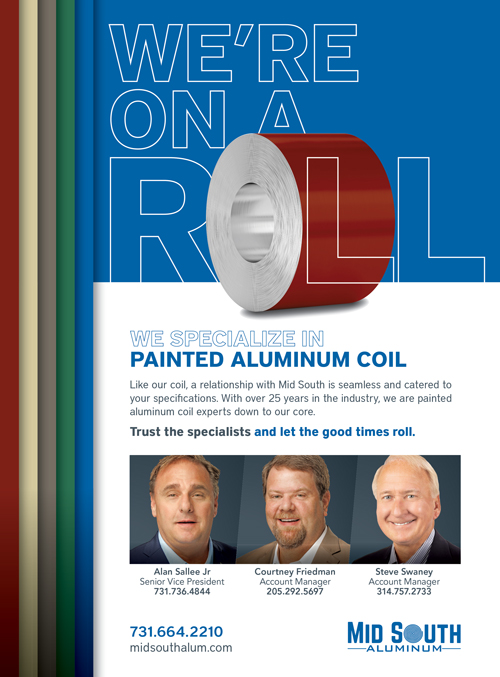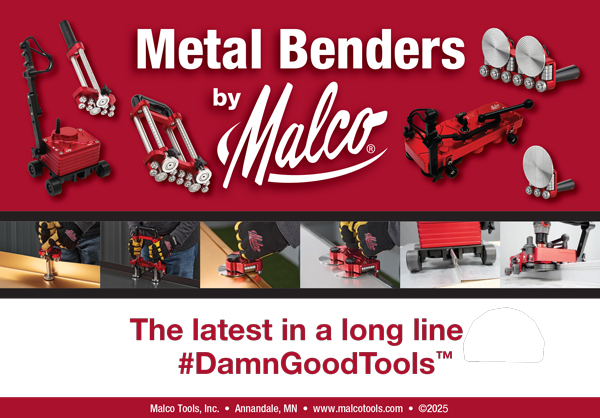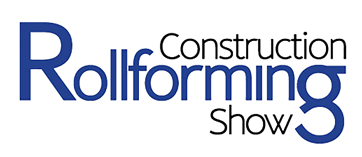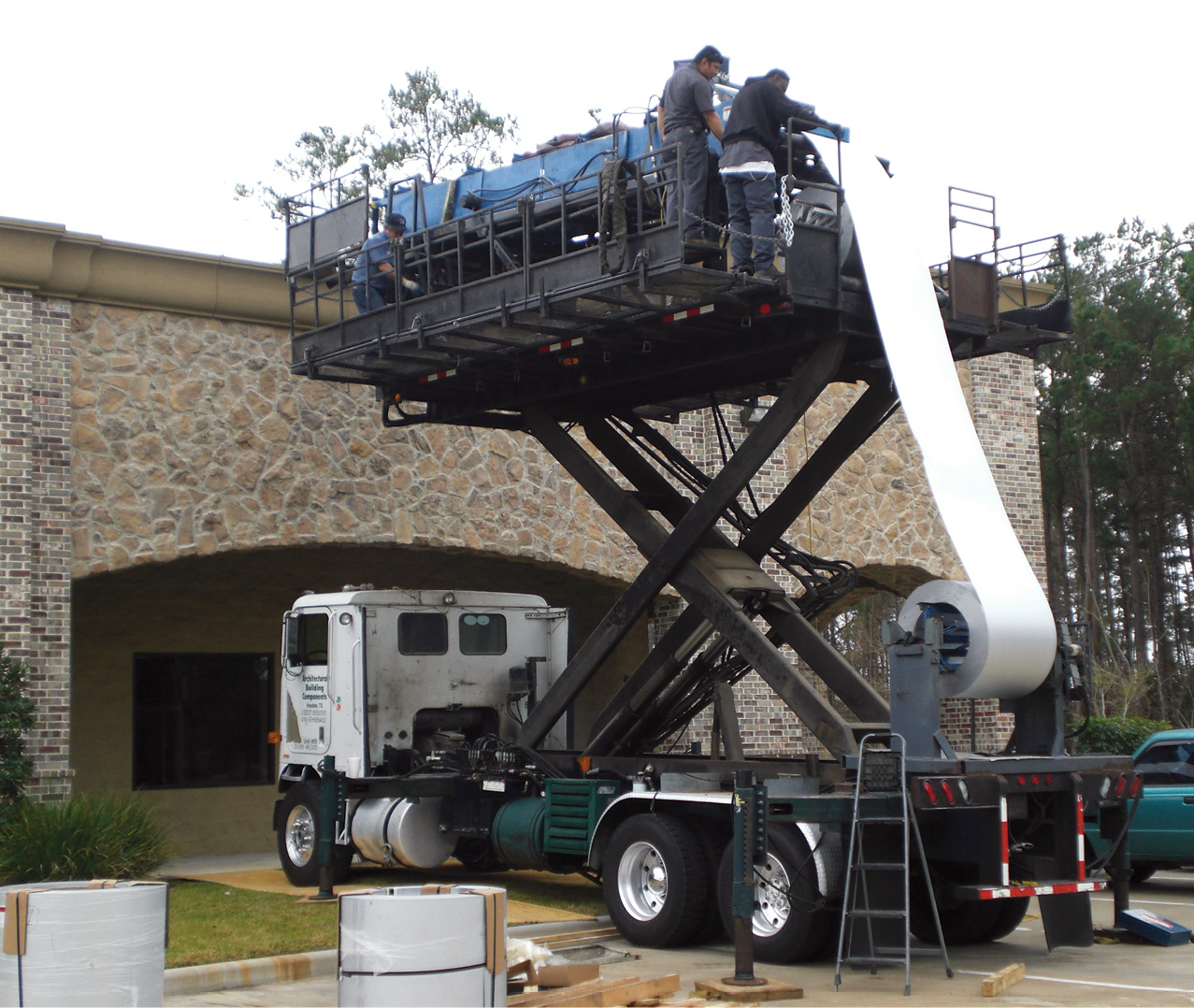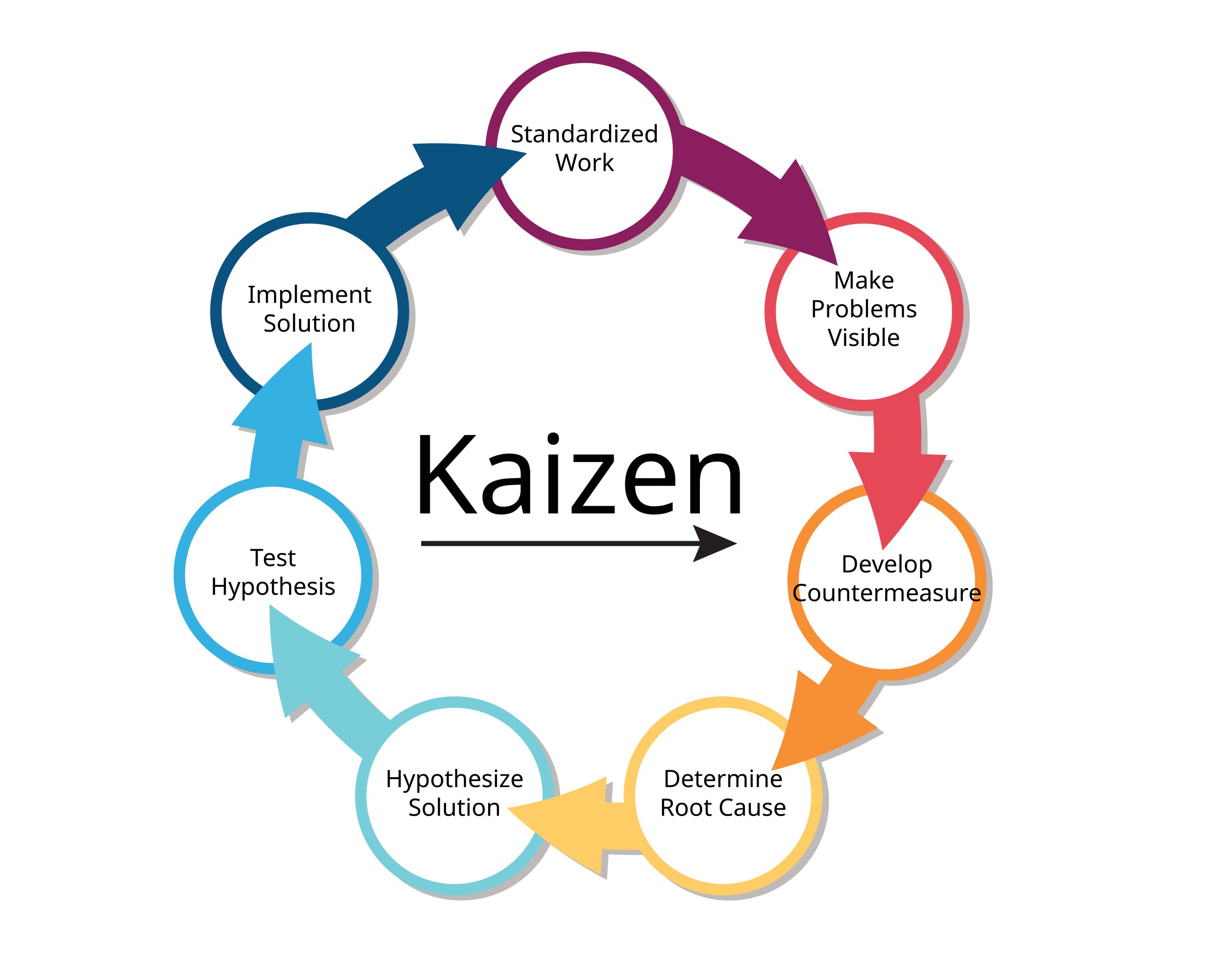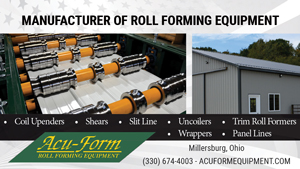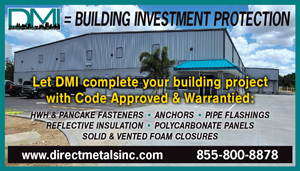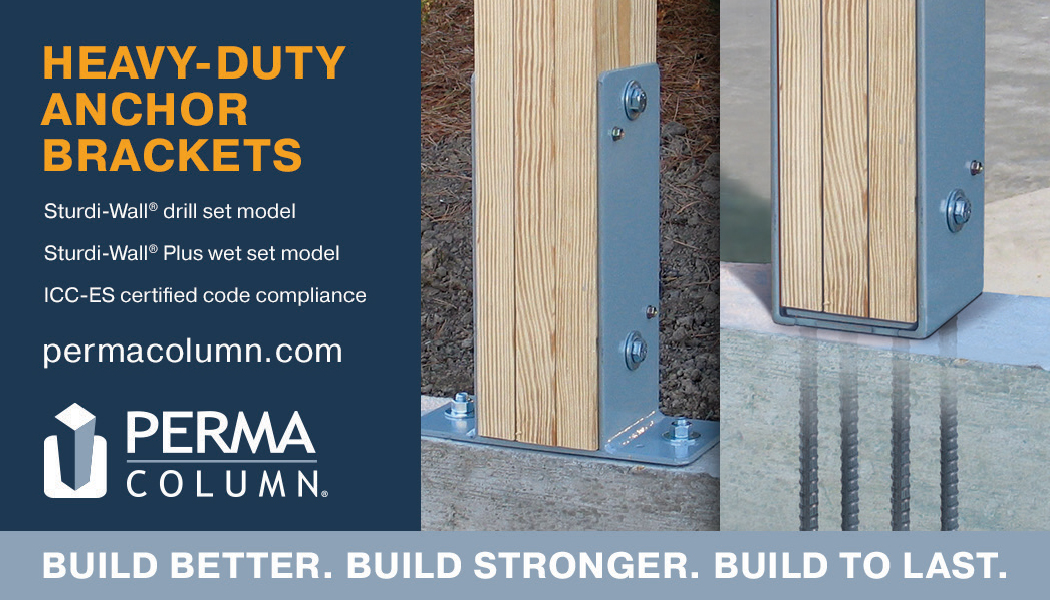By Gary Reichert
The audience for this magazine is roll formers. This is unique among Shield Wall Media titles because our audience sells primarily business to business. Whether you sell to dealers, lumberyards or roofers you sell to a business, which in turn sells the product to the end user. This creates an entirely different selling environment.
In my previous life, in a different business-to-business environment, I sold capital equipment. There were a few difficult lessons that, when learned, made selling much easier.
One obvious truism is “Know what you sell.” In a B2B scenario, most people do not know what they are selling. The statement needs to be rewritten to “Know what your customers buy.” The difference is subtle, but critical for success.
Rephrasing each in sequence as a question to yourself, answer both:
“What do I sell?”
Most readers will answer panels, soffits, rain gutters, or a product or service.
“What do my customers buy?”
If you answered with a product or service, you are wrong. Most people with sales training will spin off into “sell yourself first” or “sell solutions to their problems.” This is closer to the truth, but still wrong. Any business buying anything is actually buying one of two things.
They are buying either:
1. The ability to generate more revenue
2. The ability to operate at a lower cost.
Period. The end.
Know your product. You need to know the specs and details to make sure the application is appropriate and solve any concerns that arise after the initial sale. But if you cannot show how you will either increase revenue or decrease expenses, there is no reason for the business owner to buy from you.
Businesses are about making money. Your one objective is to prove you can assist in achieving that objective.
This leads to a fundamental skill: pencil whipping. I was never certain if the term came because the pencil moves so fast or if it is being used as a weapon to subdue the buyer. Assume the pencil is moving fast because there is never a good reason to whip a friend.
This can help close a sale because it focuses on what matters to the customer, revenue or expenses.
Like any other skill, pencil whipping has several fundamental components.
The first involves the pencil. You need an actual pencil or pen. Yes technology is shiny and cool but this needs to be written by hand, not printed out or written on a computer screen.
How many pizzas did you sell last month? 100. Great.
What price did you sell the pizzas for? $10. Wonderful.
What was your cost per pizza? $6.
Based on the pricing structure we discussed, what was your cost for our pizza? $5. Perfect.
Under your current system, you have $4 net profit per pizza, times 100 pizzas so $400. Correct? Yes.
With our pizza and $5 net profit per pizza, that comes to $500. Right? Yup.
Which would you prefer, $400 or $500 net profit?
That is an obvious oversimplification, but there are a few critical factors. First among them is the prospect gave you the numbers to write down. If you provide numbers relative to the prospect’s business they can be questioned. If they provide the numbers and you just do simple math ($5 X 100 = $500) there is nothing to doubt. Ask for the numbers at every step and when you provide a number, always ask for confirmation.
This also provides a comparison between what is and what can be. It is easy to feed into cheesy closes; “Which would you prefer: $400 or $500 profit?” qualifies as a cheesy close. The business owner’s objective is to generate more net profit. The sales person’s objective is to be positioned to help the business owner make a good decision. If you are honest and the product provides a benefit, a close is the natural outcome.
Here are the numbers you provided; which option is better?
This is a simple calculation with numbers of units and prices.
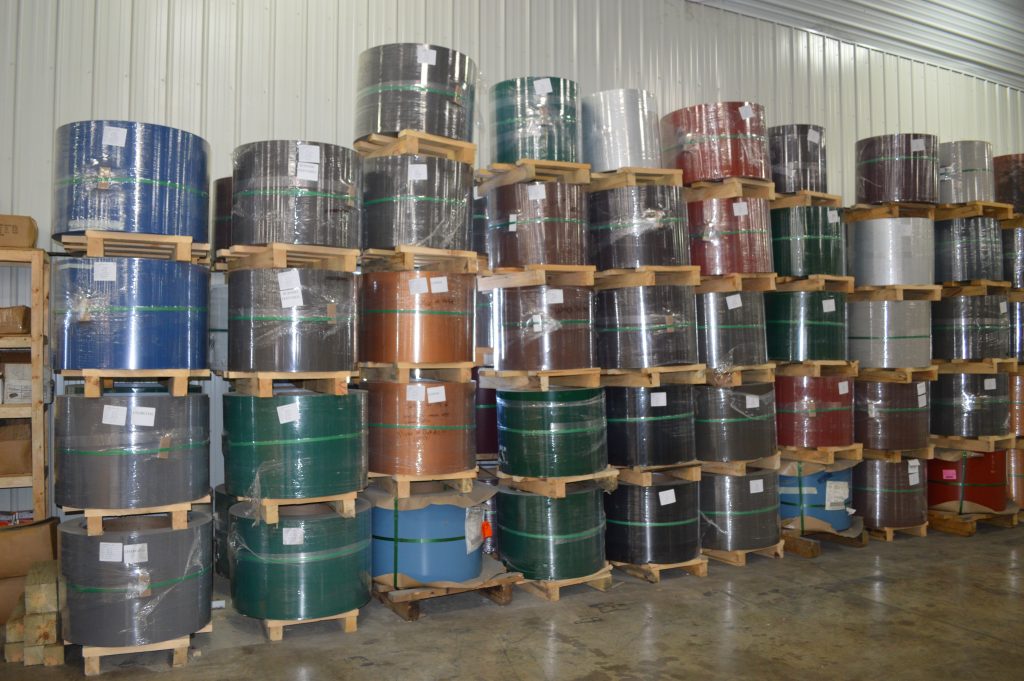
You need to turn your inventory into sellable goods. If you don’t have the equipment to do so, you’re losing money and market share. Photo by Sharon Thatcher.
With some flexibility it applies to many situations. Here’s another example:
Where do your widgets currently ship from? 500 miles away.
How many truck loads do you accept per year? 10. Thanks.
With the 10% fuel surcharge, how much does that increase your current truckload rate? $500.
How many units are in a truck load? 10. Great. So that is $5 per unit additional expense from the fuel surcharge. Is that correct? Sure is.
Our warehouse is only 100 miles away, and we have the same 10% surcharge. What would the surcharge be for 1/5 of the distance? $100. Great.
So $400 per truck load or $4 less per unit. Based on 10 trucks and a savings of $400 per truck load, you would see a total savings of $4,000 per year.
Pencil whipping works great to show increased revenue or decreased expenses. It also works to demonstrate a prevention of loss. This applies now because of supply chain disruptions and increased lead times on products and capital equipment. Businesses can’t sell what they don’t have.
Old sayings and cliches have some underlying element of truth. We already used “Seeing is believing”; now let’s try “Time is money.”
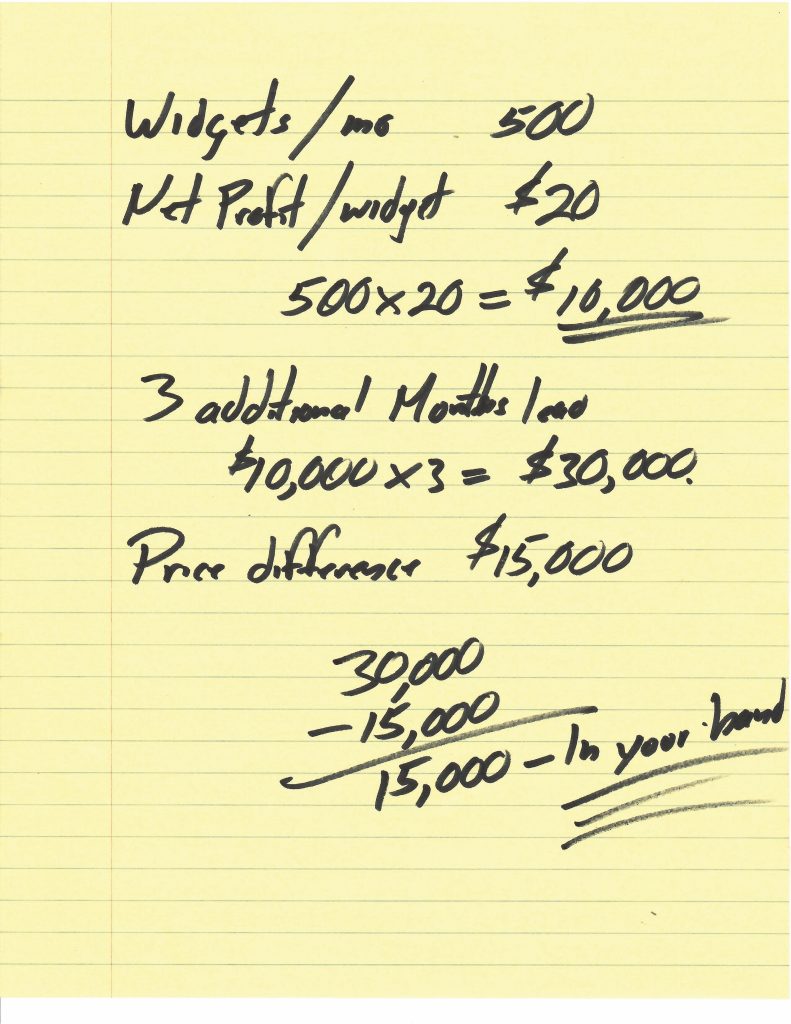
Since this is Rollforming Magazine, let’s use a piece of equipment as the example:
How many units do you plan on generating and selling per month with this widget? 500. Great.
What do you project as a net profit per unit? $20. Awesome. So in a month you would generate $10,000 net profit by running this machine, is that correct? Seems right.
Our delivery time is three months less than the competitors, so that would mean delaying three months would cost you $30,000, do you agree? Seems reasonable.
Since our machine is $15,000 more than the competing product, the faster delivery would allow you to cover the price difference, so you have a better machine, and put an additional $15,000 in your pocket. Would you like a better machine and an extra $15,000?
It seems obvious, but there are several keys that will make this practice successful.
Remember what you are selling. If you are selling to a business, the business owner is either buying more sales or less expenses. If you have a feature that is exciting, you need to explain how that will translate to the business’ bottom line. This goes back to the basics with a Feature (what it is), Advantage (what it does) and Benefit (why it matters).
Feature: We have this fastener with the new wolverine thread.
Advantage: It goes in 10% faster, the head never pops off and it always seals on the first try.
Benefit: This saves 10 hours on a 10,000 square foot roof, which gets you home sooner and saves you $450 in labor.
Write it out individually for each customer. Writing it out walks them through the process so they understand the assumptions. People have a visual memory, so the information will stay longer. If they in-out the numbers, the results are self-validated by the prospect.
Going through the process also sets you apart from the sales people who only drop literature and take orders. Their and your most valuable asset is time. It slows down the process and gives you the opportunity to learn specifics about their business. That is true for spending time as well as saving time.
Writing out a scenario stands out. It can be on a worksheet or a yellow legal pad, but it works because seeing is believing. RF


